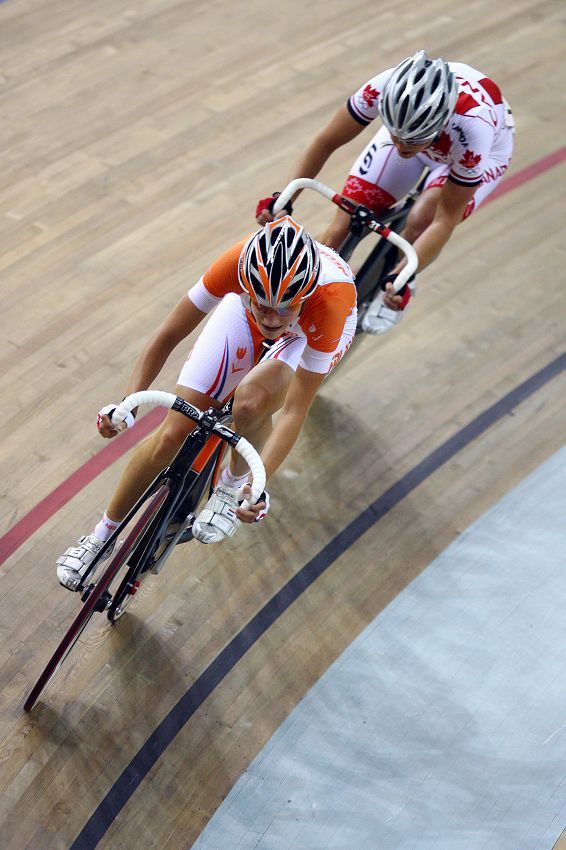Title: The Evolution of Womens Fashion: A Journey Through Time
The evolution of women's fashion can be traced back to ancient civilizations, where clothing served both practical and aesthetic purposes. Throughout history, fashion has been influenced by cultural, social, and political changes, shaping the way women dressed and presenting themselves to the world. In the 19th century, women's fashion became more accessible and varied, as new materials and techniques were introduced. The 20th century saw a shift towards individualism and self-expression, with fashion becoming a means of expressing personal identity and creativity. The 21st century has seen a continued focus on sustainability and inclusivity in women's fashion, with a greater appreciation for natural fabrics and designs that celebrate diversity. As we look towards the future, it is clear that women's fashion will continue to evolve, reflecting changing societal values and cultural norms while remaining true to its core principles of beauty, comfort, and empowerment.
Since the dawn of civilization, women's fashion has been an ever-evolving and intricate part of human culture. From the elaborate robes and headscarves of ancient Egypt to the minimalist silhouettes and statement bags of modern day, women's fashion has always reflected the changing social, political, and economic landscape of our world. In this article, we will take a journey through time, exploring the many facets of women's fashion, from the traditional garments of the past to the bold, boundary-pushing styles of the present.
The Ancient World: A Tapestry of Tradition
The earliest evidence of women's fashion can be traced back to the prehistoric times, where women wore simple, functional clothing made from animal skins and natural materials. As societies evolved and developed, so too did women's fashion, with new styles and designs emerging to reflect the changing needs and desires of society.
In ancient Egypt, women's fashion was heavily influenced by religion and tradition. Long, flowing robes were common, often adorned with intricate patterns and designs that symbolized the woman's status in society. Headscarves were also a popular accessory, used to cover the hair and protect it from the sun. These garments were not only practical but also symbolic, representing the woman as a member of her community with her own unique identity and place within it.

The Middle Ages: A Time of Constraint
As Christianity took hold in Europe during the Middle Ages, so too did its influence on women's fashion. Women were expected to dress modestly and conservatively, following strict codes of conduct that governed every aspect of their lives. Clothing was designed to conceal rather than reveal, with long gowns and billowing skirts being popular choices. Headscarves and veils were also worn to hide the woman's hair and face, emphasizing her submission to male authority.
The Renaissance: A Time of Innovation
With the arrival of the Renaissance in Europe, women's fashion experienced a resurgence of creativity and innovation. New styles emerged, with shorter hemlines and more fitted dresses reflecting a greater emphasis on personal freedom and individuality. Fabrics became richer and more luxurious, with silk and velvet becoming popular choices for evening wear. Jewelry also became more intricate and ornate, with necklaces and earrings featuring sparkling stones and precious metals.
The Industrial Revolution: A Time of Expansion
The Industrial Revolution brought about significant changes to women's fashion, as new technologies and manufacturing processes made it possible to produce clothes more quickly and cheaply than ever before. Clothing factories began to spring up across Europe and America, mass-producing clothes for workers and consumers alike. This led to a rise in simpler, more practical styles that were easier to manufacture and less expensive than the elaborate garments of earlier times.
The 20th Century: A Time of Disruption
The 20th century was a time of great change and disruption in women's fashion, as new movements and ideologies challenged traditional gender roles and expectations. During World War II, for example, women's fashion was heavily influenced by practicality and functionality, with uniforms and workwear becoming increasingly popular. In the post-war era, however, there was a growing movement towards individualism and self-expression, with women embracing bold colors, patterns, and textures in their clothing.

The 1960s/70s: A Time of Subversion
The 1960s/70s marked a turning point in women's fashion, as a new wave of feminist movements began to challenge traditional norms and expectations. Women began to reject the restrictive clothing of earlier times, embracing shorter hemlines, looser fits, and more daring prints and colors in their attire. Fashion became a means of expressing individuality and challenging patriarchal power structures, with designers likeCoco Chanel and Yves Saint Laurent leading the way in incorporating bold shapes and daring silhouettes into their collections.
The 1980s/90s: A Time of Retro Revival
The 1980s/90s saw a resurgence of interest in vintage style among women, with retro trends including shoulder pads, power suits, and platform shoes returning to popularity. Designers like Ivana Trump and Giorgio Armani created sleek, modern looks inspired by classic 1940s and 1950s styles. However, even as these trends dominated headlines, there was also a push towards more inclusive representation in fashion design, with designers like Prabal Gurung using traditional Tibetan textiles in their collections.
The 21st Century: A Time of Global Fusion
Today's women's fashion is a vibrant tapestry of influences from around the world, reflecting the diverse cultural traditions and artistic expressions that have shaped human history. Designers from all corners of the globe are creating groundbreaking looks that blend traditional motifs with modern techniques and materials. Sustainability is also becoming an increasingly important consideration in fashion design, as consumers demand more eco-friendly options that minimize waste and reduce environmental impact. Whether you prefer classic elegance or cutting-edge experimentation
Articles related to the knowledge points of this article:
The Colorful Splendor of Sancai Down Jackets
Title: The Art of Buying a Tie: A Comprehensive Guide
The warmth of Down: The story of Bosideng羽绒服
Factory for羽绒服: Manufacturing Process and Business Opportunities



